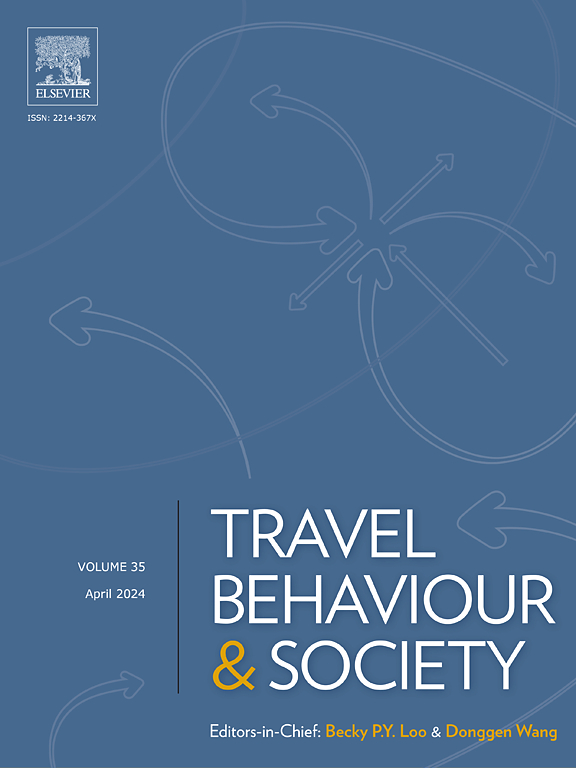时空异质性视角下多层次邻域特征对交通碰撞风险的多重影响
IF 5.7
2区 工程技术
Q1 TRANSPORTATION
引用次数: 0
摘要
虽然大量的研究已经探讨了交通事故与邻里因素之间的关系,但这些因素对交通事故风险(TCR)的多重影响(全局、局部和相互作用)仍不清楚。本研究通过开发一个综合分析框架来解决这一差距,该框架将详细的碰撞数据与社会人口统计学、宏观建筑环境(BE)和微观街道环境(SE)因素相结合。利用最优参数地理探测器(OPGD)和多尺度地理加权回归(MGWR),系统地探讨了香港城市TCR的时空异质性及其相互作用。结果表明,BE和SE因子对TCR的影响强于传统的社会人口学变量,且具有显著的时空差异。其中,消火栓密度、交叉口密度、视觉复杂性表现出较强的局域效应,街道绿化、生活设施密度表现出稳定的全球格局。此外,相互作用分析揭示了非线性协同效应,某些因素组合(如医疗设施和十字路口密度)极大地放大了夜间TCR。这些发现增强了对TCR的理论理解,并为决策者提供了数据驱动的见解,以制定时空适应性交通安全策略,最终促进更安全、更有弹性的城市环境。本文章由计算机程序翻译,如有差异,请以英文原文为准。
Unravelling the multiple effects of multilevel neighborhood characteristics on traffic crash risk from a spatiotemporal heterogeneity perspective
Although extensive research has explored the relationship between traffic crashes and neighborhood factors, the multiple effects—global, local, and interactive—of these factors on traffic crash risk (TCR) remain unclear. This study addresses this gap by developing a comprehensive analytical framework that integrates detailed crash data with sociodemographic, macroscale built environment (BE), and microlevel street environment (SE) factors. Using optimal parameter geographic detectors (OPGD) and multiscale geographically weighted regression (MGWR), we systematically explore the spatiotemporal heterogeneity and interaction effects of neighborhood factors on TCR in Hong Kong. The results reveal that BE and SE factors exert a stronger and more direct influence on TCR than traditional sociodemographic variables, with significant spatiotemporal variations. Specifically, fire hydrant and intersection density, as well as visual complexity, display strong localized effects, while factors such as street greenery and life facility density exhibit stable global patterns. Furthermore, interaction analysis uncovers nonlinear synergies, with certain factor combinations—such as healthcare facility and intersection density—substantially amplifying nighttime TCR. These findings enhance the theoretical understanding of TCR and provide policymakers with data-driven insights for developing spatiotemporal adaptive traffic safety strategies, ultimately fostering safer and more resilient urban environments.
求助全文
通过发布文献求助,成功后即可免费获取论文全文。
去求助
来源期刊

Travel Behaviour and Society
TRANSPORTATION-
CiteScore
9.80
自引率
7.70%
发文量
109
期刊介绍:
Travel Behaviour and Society is an interdisciplinary journal publishing high-quality original papers which report leading edge research in theories, methodologies and applications concerning transportation issues and challenges which involve the social and spatial dimensions. In particular, it provides a discussion forum for major research in travel behaviour, transportation infrastructure, transportation and environmental issues, mobility and social sustainability, transportation geographic information systems (TGIS), transportation and quality of life, transportation data collection and analysis, etc.
 求助内容:
求助内容: 应助结果提醒方式:
应助结果提醒方式:


